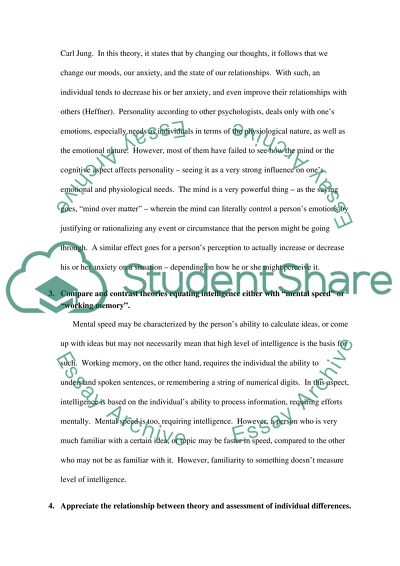Cite this document
(“Personality, Intelligence and Psychometrics Essay”, n.d.)
Personality, Intelligence and Psychometrics Essay. Retrieved from https://studentshare.org/psychology/1503412-personality-intelligence-and-psychometrics
Personality, Intelligence and Psychometrics Essay. Retrieved from https://studentshare.org/psychology/1503412-personality-intelligence-and-psychometrics
(Personality, Intelligence and Psychometrics Essay)
Personality, Intelligence and Psychometrics Essay. https://studentshare.org/psychology/1503412-personality-intelligence-and-psychometrics.
Personality, Intelligence and Psychometrics Essay. https://studentshare.org/psychology/1503412-personality-intelligence-and-psychometrics.
“Personality, Intelligence and Psychometrics Essay”, n.d. https://studentshare.org/psychology/1503412-personality-intelligence-and-psychometrics.


